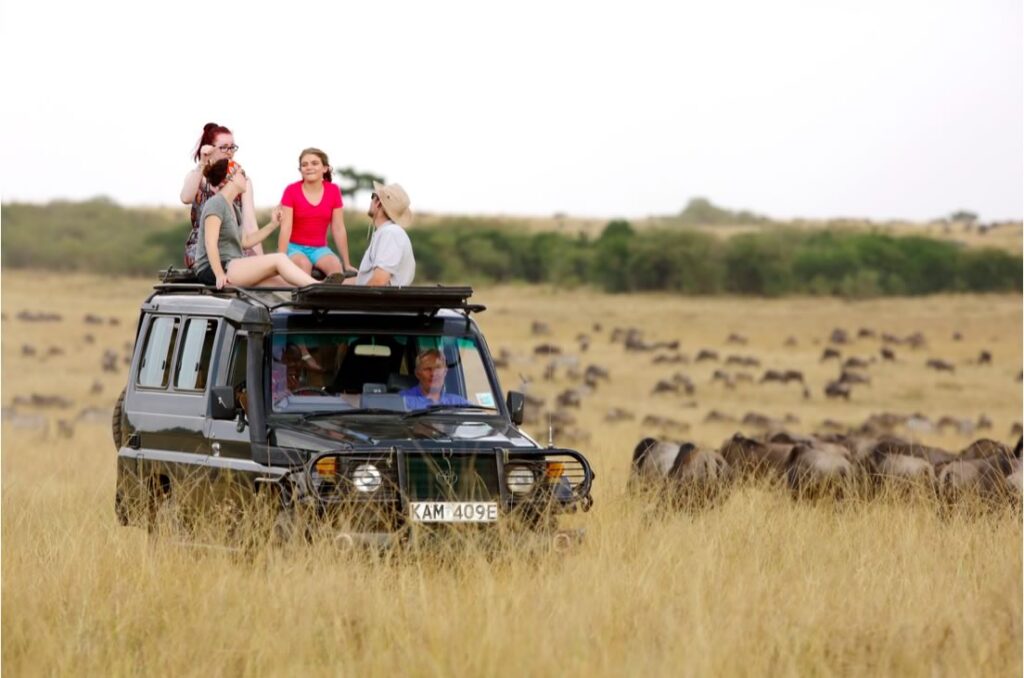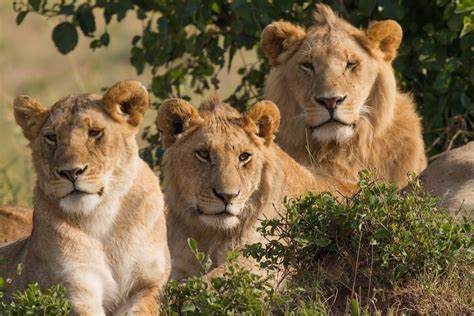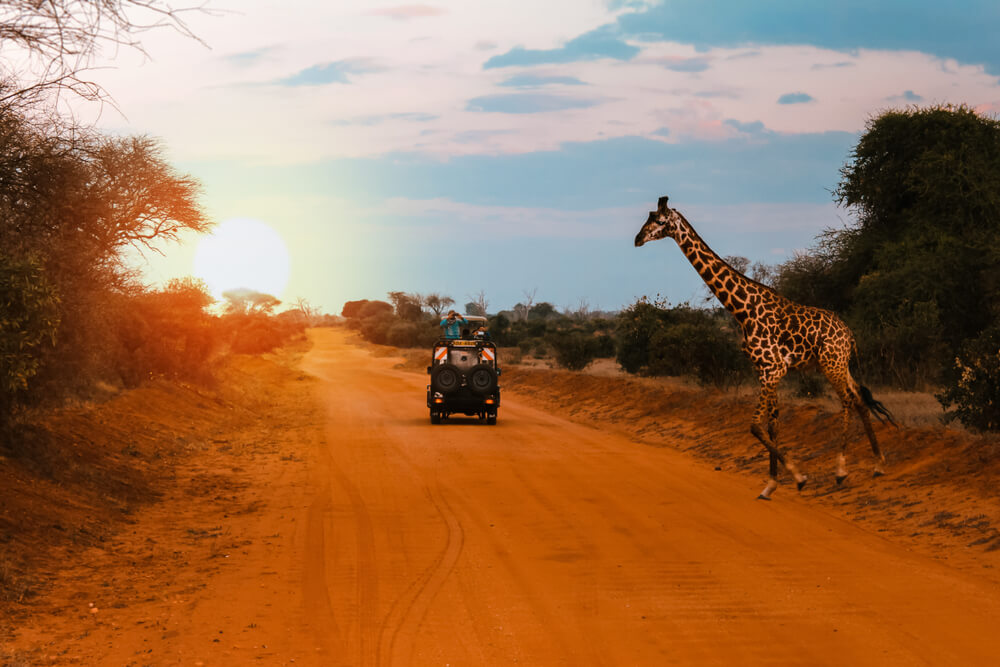KENYA
The Pride of Africa
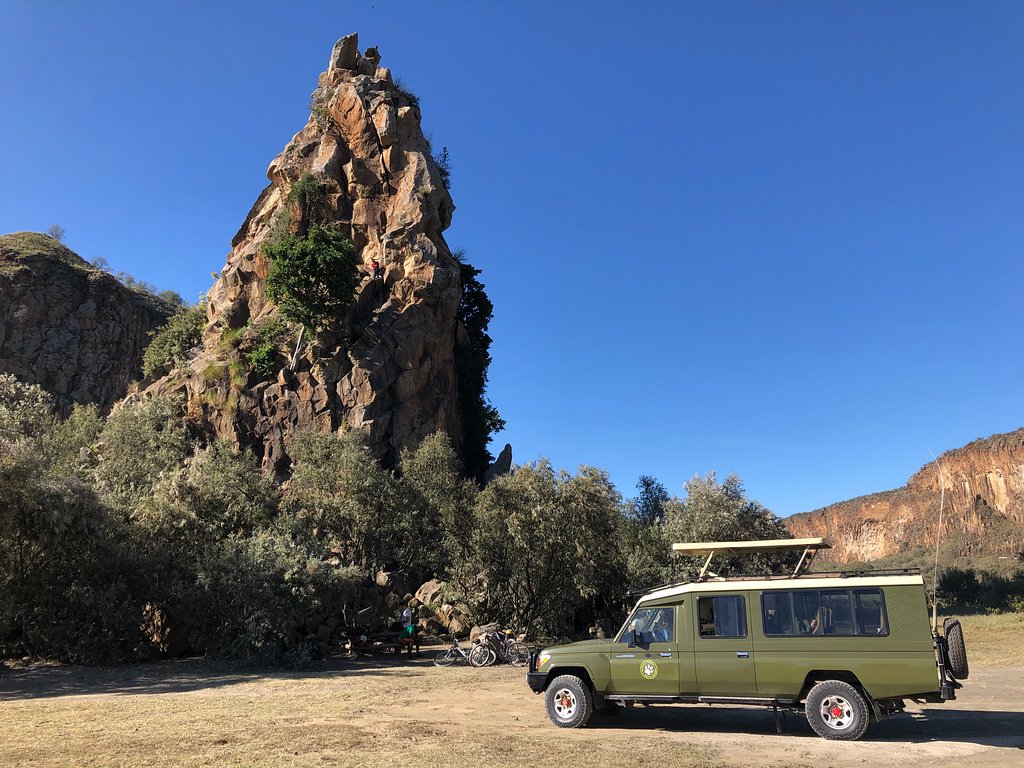
Why visit Kenya?
Kenya has 19 national parks and game reserves. Beyond these, visitors are captivated by the breathtaking landscapes of the Great Rift Valley, exquisite golf courses, and the enchanting allure of tea and coffee plantations. Notably, the majestic presence of Mount Kilimanjaro in Tanzania offers a stunning backdrop. Additionally, the pristine white sand beaches lining the Indian Ocean, particularly in Mombasa, Diani, Kilifi, Malindi, and Lamu, provide idyllic settings for various water sports and encounters with aquatic wildlife.
Kenya’s tourism landscape is further enriched by eco-tourism initiatives, conference hosting facilities, cultural immersions with communities such as the renowned Maasai people, and sports tourism. Remarkably, tourism ranks as the second-largest source of foreign exchange for Kenya, trailing only agriculture, underscoring its significant economic contribution.
Kenya Wildlife Safaris
Kenya’s vast geographical range offers a rich tapestry of wildlife habitats. The Masai Mara, Amboseli, Tsavo East and West, Samburu-Buffalo Springs, Meru, and Laikipia stand out as premier national parks and reserves. These areas host an impressive array of fauna, including the renowned Big Five: lions, leopards, elephants, buffaloes, and black rhinos. Among these, the Masai Mara ranks among Africa’s top reserves for lion and cheetah sightings and is also renowned for leopard encounters, as well as sightings of spotted hyenas, jackals, and bat-eared foxes. Amboseli, meanwhile, provides exceptional opportunities to observe elephant behavior up close.
Healthy populations of both black and white rhinos thrive in Tsavo West, Meru, and Lake Nakuru, as well as various reserves on the Laikipia Plateau, establishing Kenya as the second-best destination for rhino viewing after South Africa. Additionally, the diverse wildlife extends beyond the Big Five, with each region boasting its unique species. The lush southern savannah, sheltered by Masai Mara and Amboseli, is home to elands, Coke’s hartebeests, topis, Grant’s and Thomson’s gazelles, impalas, Maasai giraffes, plains zebras, and warthogs. During the annual migration from Tanzania, hundreds of thousands of wildebeests also traverse the Masai Mara between August and October.
In the arid northern regions, particularly in Samburu-Buffalo Springs, a variety of grazers thrive, including Beisa oryxes, Lesser kudus, Guenther’s dik-diks, and the rare long-necked gerenuks. Notably, Samburu-Buffalo Springs is home to the critically endangered Grevy’s zebra, boasting narrower stripes compared to the common plains zebra. The reticulated giraffe, unique to the northern areas, displays a distinct coast pattern, adding to the region’s biodiversity and allure.
Kenya Birdlife
Kenya stands out globally as a premier destination for bird-watching enthusiasts in Africa. With a national checklist boasting over 1,000 avian species, Kenya ranks among the top 15 countries worldwide in terms of avian diversity. However, this impressive figure merely scratches the surface of the country’s vibrant and captivating birdlife. At prime locations such as Lake Naivasha or Baringo, even moderately skilled birders can easily spot 100 species in a single day.
For those embarking on a well-planned two-week itinerary, including key ornithological sites like Kakamega Forest, Samburu-Buffalo Springs, Mount Kenya, the Rift Valley Lakes, and the coastal forests around Watamu promises an enriching experience. Such an itinerary typically yields a trip list boasting at least 350 bird species, if not more, showcasing the remarkable diversity Kenya has to offer.
Beyond its avian wonders, Kenya also boasts a rich marine ecosystem teeming with diverse wildlife. Along the coasts of Watamu, Malindi, Mombasa, and Diani, colorful reef fish inhabit the vibrant coral reefs, providing year-round fascination for snorkelers and divers. Furthermore, seasonal visitors such as dolphins, whale sharks, marine turtles, and manta rays add to the allure of Kenya’s marine environment, offering unforgettable encounters for wildlife enthusiasts.
Location of Kenya
Situated in East Africa, Kenya shares land borders with Uganda to the west, Tanzania to the south, and South Sudan, Somalia, and Ethiopia to the north. To the east, Kenya is bordered by the Indian Ocean. The official languages spoken are English and Swahili. Positioned across the Equator, Kenya boasts some of the most stunning white sand beaches globally. With a land area spanning 580,370 square kilometers, Kenya has ample space for numerous conservation parks and agricultural land to support its population
Kenya ranks as the 47th largest nation globally, situated between latitudes 5°N and 5°S and longitudes 34° and 42°E. Its terrain encompasses low plains ascending to central highlands from the Indian Ocean coastline, as well as the striking Great Rift Valley, which traverses the mountains. To the east lies the fertile plateau of upper central Kenya, known as the Kenyan Highlands, recognized as one of Africa’s most productive agricultural regions. Nestled within these highlands is Mount Kenya, Africa’s second-highest peak after Mount Kilimanjaro, soaring to an impressive height of 5,199 meters (17,057 feet).
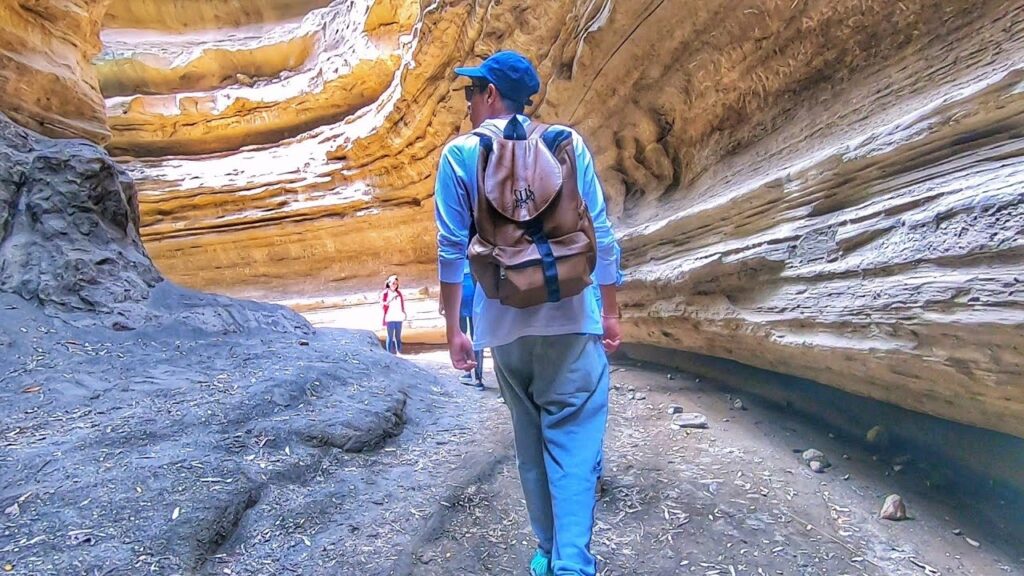
Facts About Kenya
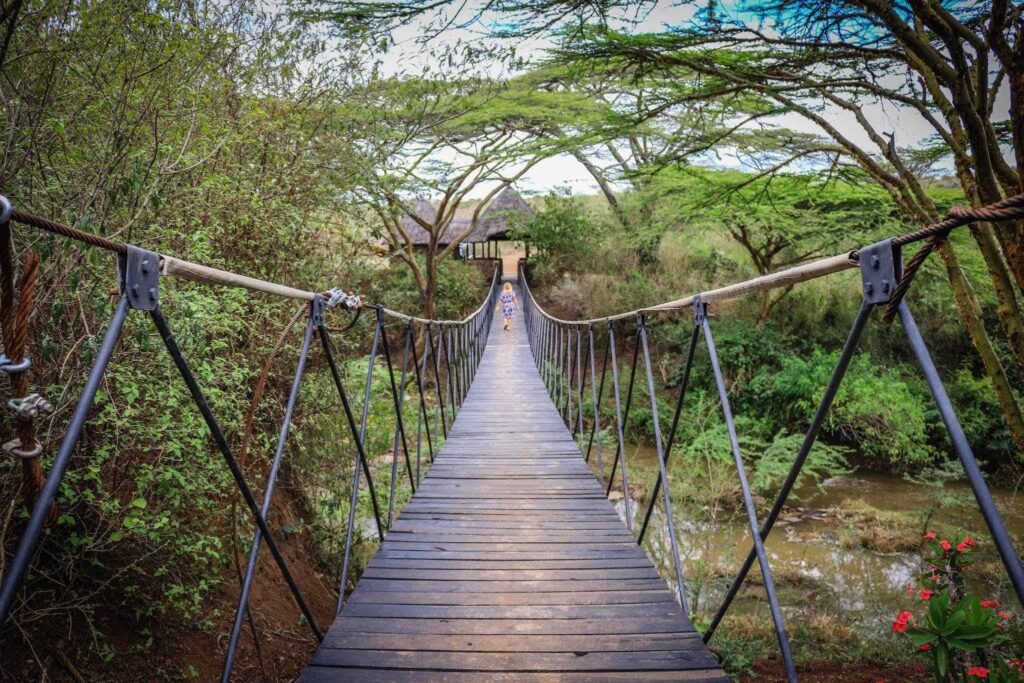
Kenya Climate
Kenya experiences a diverse climate, ranging from tropical conditions along the coast to temperate climates in the interior and arid environments in the north and northeast. Along the coast, the climate is generally tropical, characterized by high rainfall and temperatures throughout the year. Coastal cities like Mombasa, Lamu, and Malindi witness frequent fluctuations in air temperature, transitioning from cool to hot almost daily. As one ventures further inland, the climate becomes increasingly arid, with minimal rainfall and significant temperature variations between day and night. In the inland regions, particularly in central Kenya's highlands, temperatures are cooler. Nighttime temperatures often drop to around 10–12 °C, necessitating warm clothing or blankets. On elevated mountains such as Mount Kenya and Mount Elgon, which Kenya shares with Uganda, cold weather prevails year-round. Kenya experiences two primary rainy seasons: the "long rains" from March/April to May/June and the "short rains" from October to November. Rainfall is typically heaviest during the afternoons and nights, occasionally resulting in heavy downpours. However, climate change has altered rainfall patterns, leading to longer and heavier rainy seasons and more prolonged dry periods. This shift has intensified the frequency and severity of droughts, occurring annually rather than every decade. Despite its equatorial location, Kenya shares its seasons predominantly with the southern hemisphere, except for the arid northern regions. The warmest months, akin to summer, occur from December to March, while the coolest, resembling winter, are from June to August. Though there is a slight temperature variation of approximately 4 °C, different locations within the country may experience differing temperature patterns.
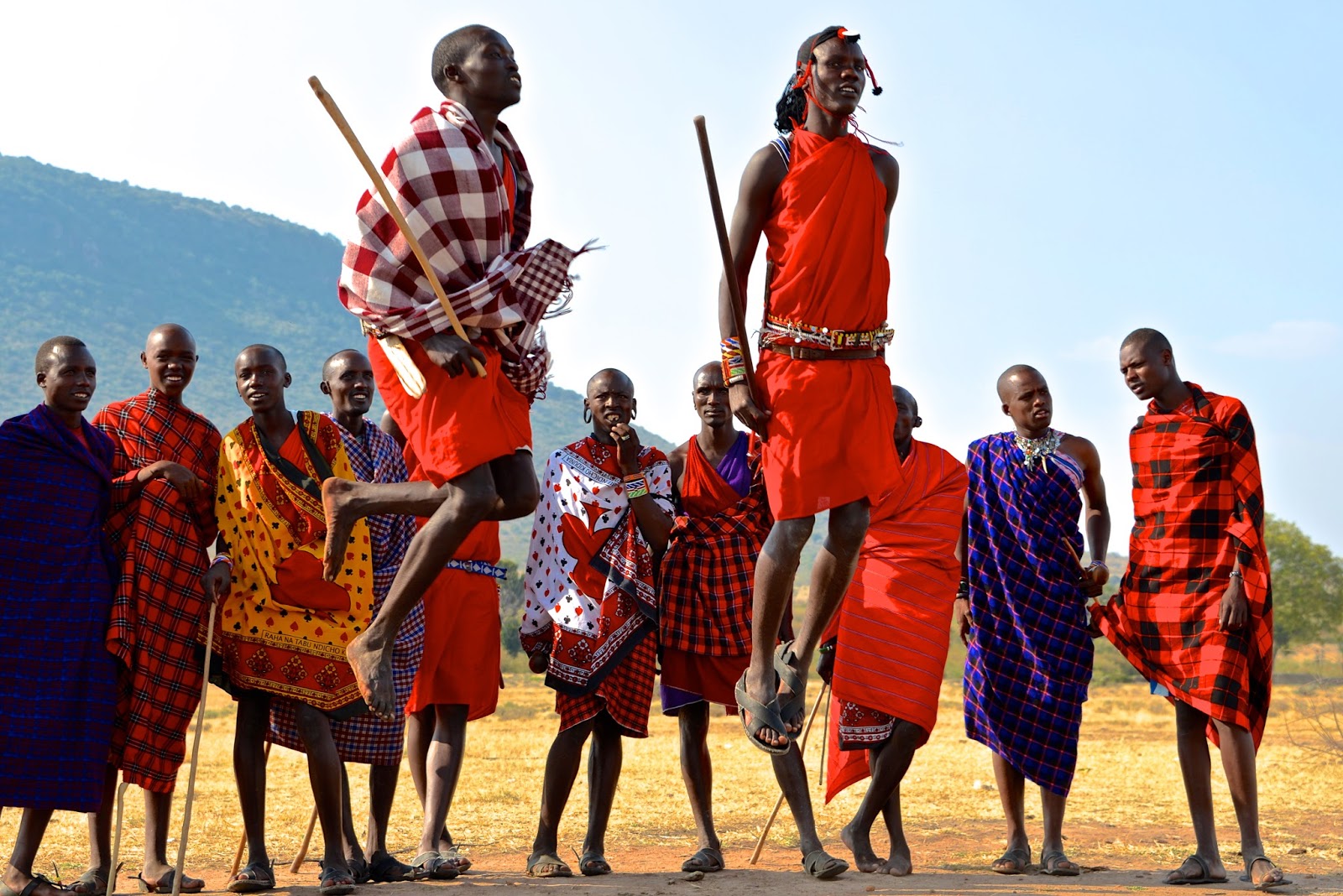
Kenya Culture and People
Kenya boasts a rich tapestry of cultures stemming from diverse communities, each contributing unique customs and traditions. Notable populations include the Swahili along the coast, various Bantu groups in central and western regions, and Nilotic groups in the northwest. Despite their relatively small numbers, the Maasai culture holds significant prominence, particularly in the tourism sector, renowned for its elaborate jewelry and distinctive upper-body adornments. Additionally, Kenya thrives in theater, television, and music scenes, reflecting its vibrant cultural landscape. The linguistic diversity in Kenya is equally impressive, encompassing three main categories: Bantu languages (Niger-Congo), Nilo-Saharan languages spoken by about a third of the population, and the Cushitic language, an Afro-Asian tongue predominantly spoken in the north. Furthermore, Kenya is home to sizable populations of Europeans, Arabs, Indians, and Pakistanis, many of whom settled in the country during the 19th century. While Westernized or Islamic forms of dress have been adopted by numerous Kenyan communities, traditional tribal attire, jewelry, body adornments, and weaponry are still cherished for special occasions or celebrations. However, communities in the arid and remote northern regions tend to preserve their traditional way of life more steadfastly compared to other parts of the country.
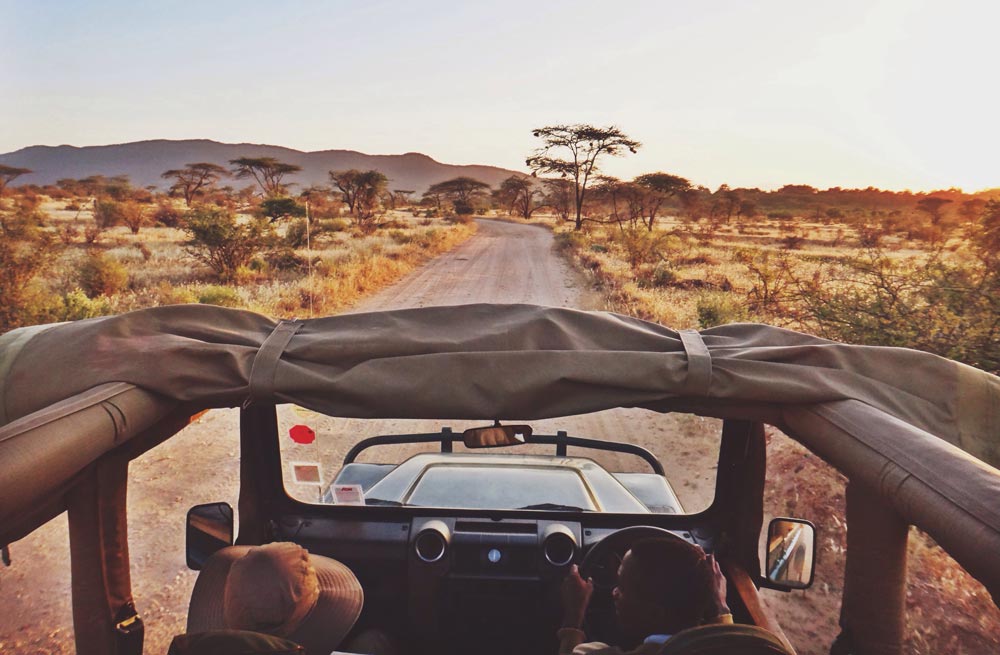
Is Kenya Safe?
Here's the reassuring news: Kenya is widely regarded as a safe destination for travel. While there are certain regions that may pose safety concerns, these are typically areas bordering Somalia and are not frequented by tourists. Opting to travel in a group or with a local guide during your African adventures provides an added layer of security compared to exploring independently. Rest assured, all our travel itineraries in Kenya are meticulously planned to encompass only areas deemed completely safe for tourists. With our headquarters in Nairobi, established local presence, and trusted partnerships cultivated over the years, you can trust that you're in capable hands while exploring Kenya. Our team personally evaluates all vehicles, accommodations, and activities to ensure your safety and comfort throughout your journey. Moreover, the Kenyan people are known for their warmth, hospitality, and friendliness – we're confident you'll be just as eager to engage with the local community as we are. The safety and security of tourists remain a top priority for the government of Kenya. Security considerations play a pivotal role in selecting holiday or travel destinations. As such, the government is fully committed to safeguarding the well-being of all visitors, citizens, and residents alike. To bolster security and safety measures within Kenya's borders, various initiatives have been implemented across different areas of concern:
Kenya Safaris
Top Kenya National Parks
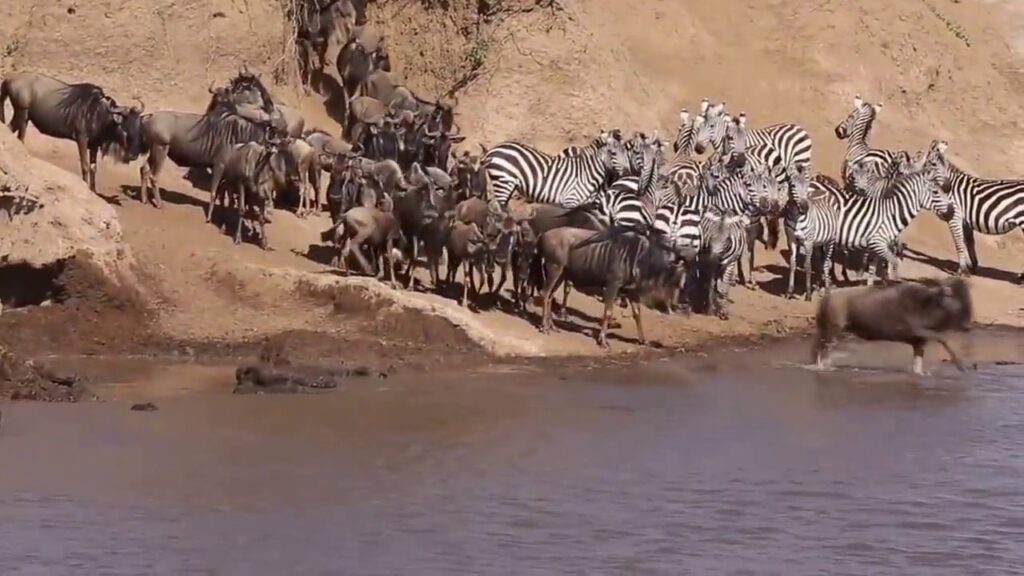
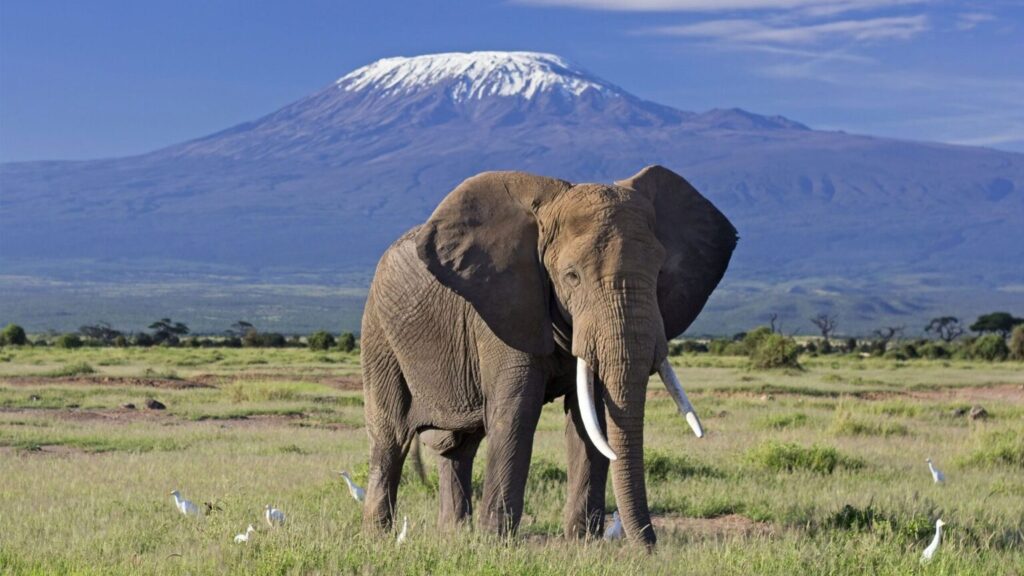
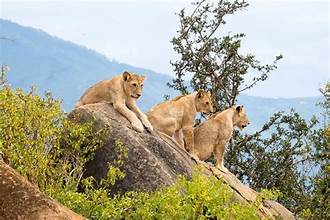

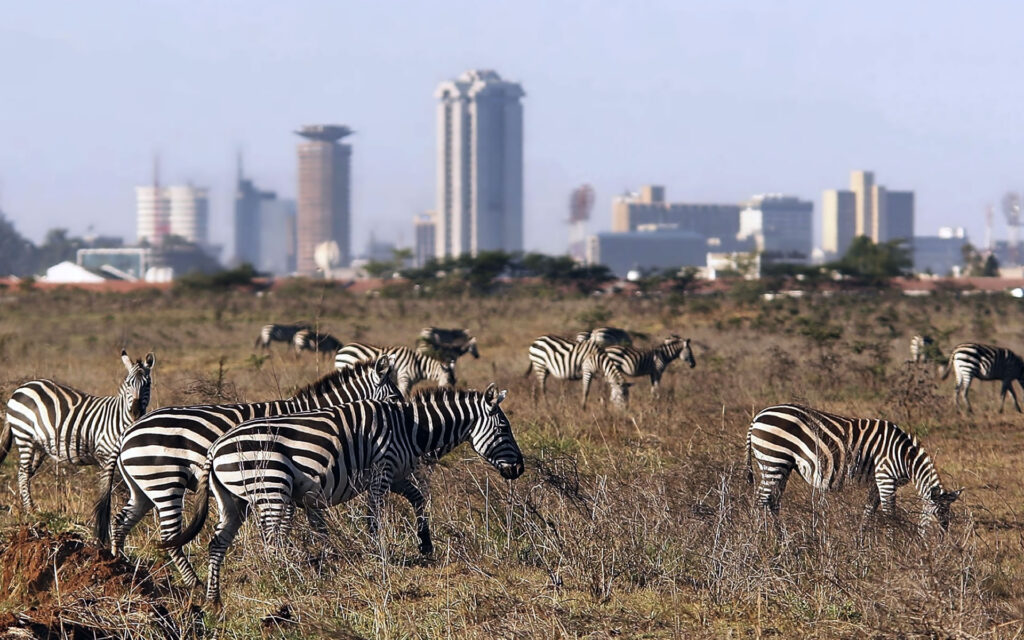
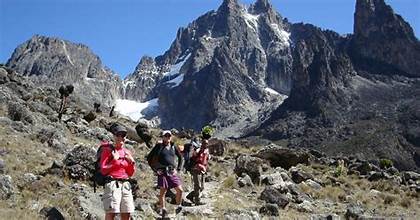
Kenya Lodges
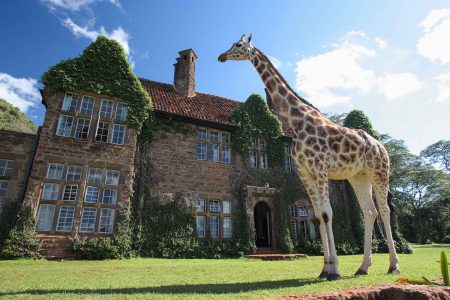
Giraffe Manor
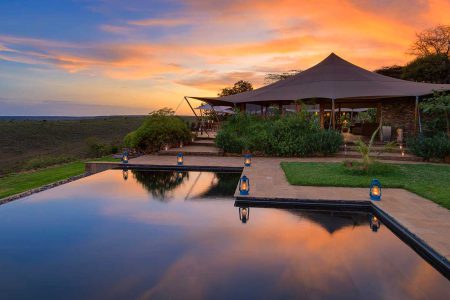
Loisaba Tented Camp

Hemingsway Hotel
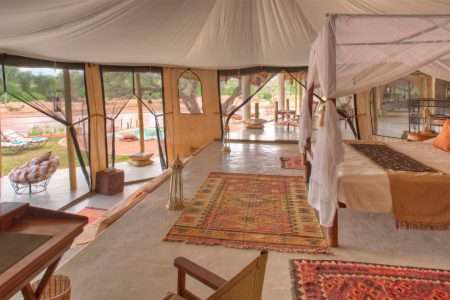
Sasaab-Camp
QUESTIONS?
Wondering how it works? Just…
Describe your dream trip
A Travel Expert will help curate your experience
Confirm & start packing

